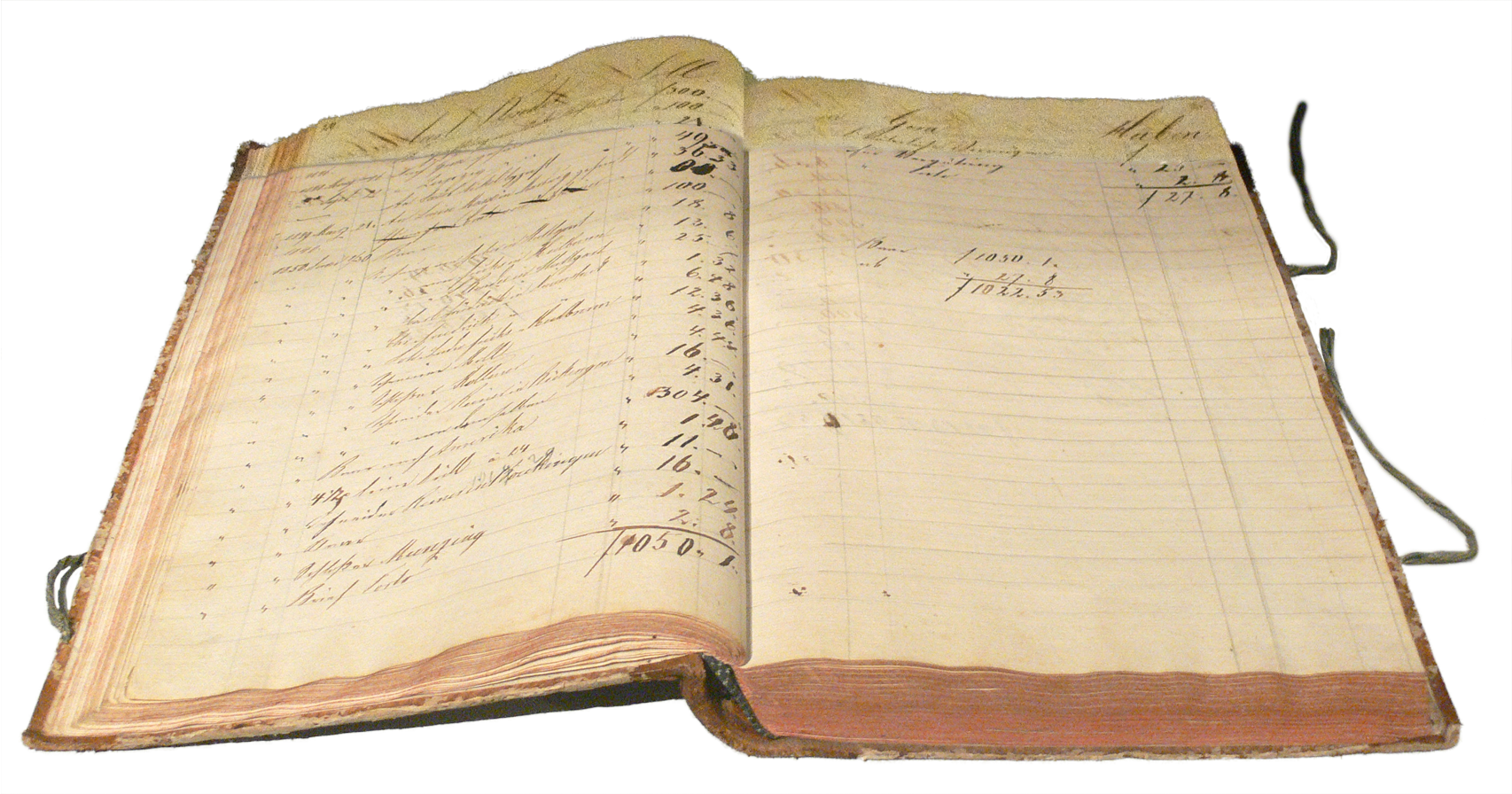Investing in the Stock Market 101
- Introduction to Investing
- Principles of Investing
- Types of Investments
- How to Read Financial Statements
- Building an Investment Portfolio
- Strategies for Long-Term Investing
- Preparing for Market Uncertainties
How to Read Financial Statements
Understanding Cash Flow Statements

Financial Statement.
A cash flow statement is one of the three key financial statements that businesses issue, along with the balance sheet and income statement. It provides information about a company's cash inflows and outflows over a specific period, offering insights into its operating, investing, and financing activities. Understanding how to read a cash flow statement is crucial for making informed investment decisions.
Structure of a Cash Flow Statement
A cash flow statement is divided into three sections: cash flow from operating activities, cash flow from investing activities, and cash flow from financing activities.
Cash Flow from Operating Activities
This section reflects the cash generated from a company's core business operations. It starts with net income and then reconciles all non-cash items to cash items involving operational activities. Key components include:
- Net Income: This is the starting point for calculating cash flow from operations. It's the same net income figure reported on the income statement.
- Depreciation: This is a non-cash expense that reduces a company's earnings but doesn't involve any actual cash outflow.
- Changes in Working Capital: This includes changes in accounts receivable, inventory, accounts payable, and other current assets and liabilities.
Cash Flow from Investing Activities
This section shows the cash used for investing in capital assets like property and equipment. It also includes cash from investments in other businesses or sales of existing assets. Key components include:
- Capital Expenditures: These are investments in property, plant, and equipment.
- Acquisitions and Disposals: This includes cash spent on acquiring other businesses or received from selling parts of the business.
Cash Flow from Financing Activities
This section reflects the cash transactions that affect a company's equity and debt. Key components include:
- Dividends: This is the cash paid out to shareholders as dividends.
- Share Repurchases: This is the cash used to buy back the company's own shares.
- Debt Issuance/Repayment: This includes cash from borrowing or cash used to repay borrowings.
Importance of Free Cash Flow and Cash Flow Per Share
Free Cash Flow (FCF) is a measure of a company's financial performance and health. It's the cash a company generates after accounting for cash outflows to support operations and maintain its capital assets. A positive FCF indicates that a company has enough cash to pay its debts, pay dividends, buy back stock, and invest in new opportunities.
Cash Flow Per Share is a measure of a company's financial flexibility. It's calculated by dividing the total cash flow by the number of outstanding shares. It's often used by investors to assess a company's ability to generate cash.
In conclusion, understanding a cash flow statement is crucial for investors. It provides a clear picture of a company's ability to generate cash, which is essential for growth, paying dividends, and reducing debt. By analyzing a company's cash flow statement, you can make more informed decisions about your investments.